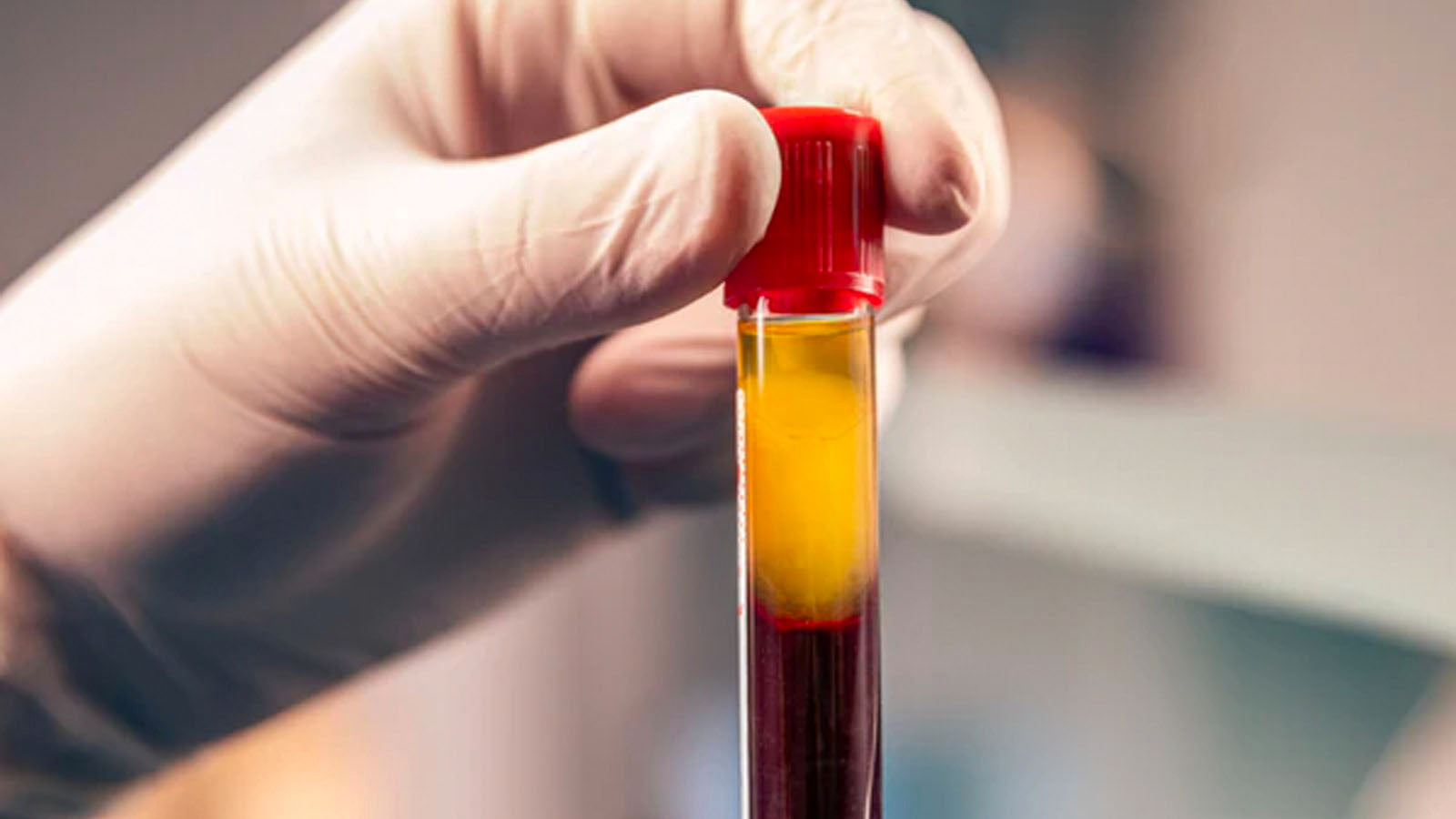
PRP and erectile dysfunction
Erectile dysfunction (ED) affects many, impacting quality of life and often linking to other health issues. Current treatments range from medications to surgeries. An innovative treatment, intracavernosal platelet-rich plasma (PRP), is under study. A recent review explored the safety and effectiveness of PRP for ED. While considered safe, its efficacy remains uncertain.
Understanding erectile dysfunction (ED)
Erectile dysfunction (ED) is characterized by the inability of a man to achieve or maintain an erection, significantly impacting his sexual performance. This issue can profoundly diminish the quality of life for the affected men and their partners. Furthermore, ED is frequently associated with other health complications such as diabetes and cardiovascular disease.
The medical community has endorsed several treatments for ED, ranging from oral medications like phosphodiesterase type 5 inhibitors to penile prosthesis surgeries. As science evolves, there's a growing fascination with innovative treatments that aim to restore, rather than just treat. One such therapy that has caught the attention of many is the use of intracavernosal platelet-rich plasma (PRP).
What is PRP?
PRP, or platelet-rich plasma, is a concentration derived from one's blood, rich in platelets. These platelets are believed to release growth factors that can stimulate tissue repair and regeneration. The thought is that PRP, when injected into the penis (intracavernosally), might aid in the management of ED.
What does current research say?
Recently, a review was published in the Sexual Medicine Reviews journal that dived deep into the available research on intracavernosal PRP for treating ED.
Key Findings:
- The authors conducted an extensive literature search and identified 4 randomized clinical trials that examined the safety and effectiveness of PRP for ED.
- They noted a substantial disparity in these studies, particularly in the methods of PRP collection, how PRP was dosed, and the follow-up durations.
- The safety profile of PRP was generally acceptable. However, due to the varied nature of these studies, it's challenging to come to a conclusive decision on the effectiveness of PRP in managing ED.
Conclusions & the road ahead
While PRP injections are deemed safe, the verdict on their efficacy remains in the air. The inconsistency in clinical trial methods and procedures is a significant hurdle in affirmatively concluding PRP's potential benefits.
The world of ED treatments is vast and ever-evolving. For men battling ED, understanding the various options is crucial. As for PRP, it represents an exciting avenue of potential treatment, but more rigorous and consistent research is needed to validate its place in ED management.
References:
Fazekas, D., Campbell, K., Ledesma, B., & Masterson, T. (2023). Platelet-rich plasma for erectile dysfunction: a review of the current research landscape. Sexual Medicine Reviews, 11(4), 369–374.



